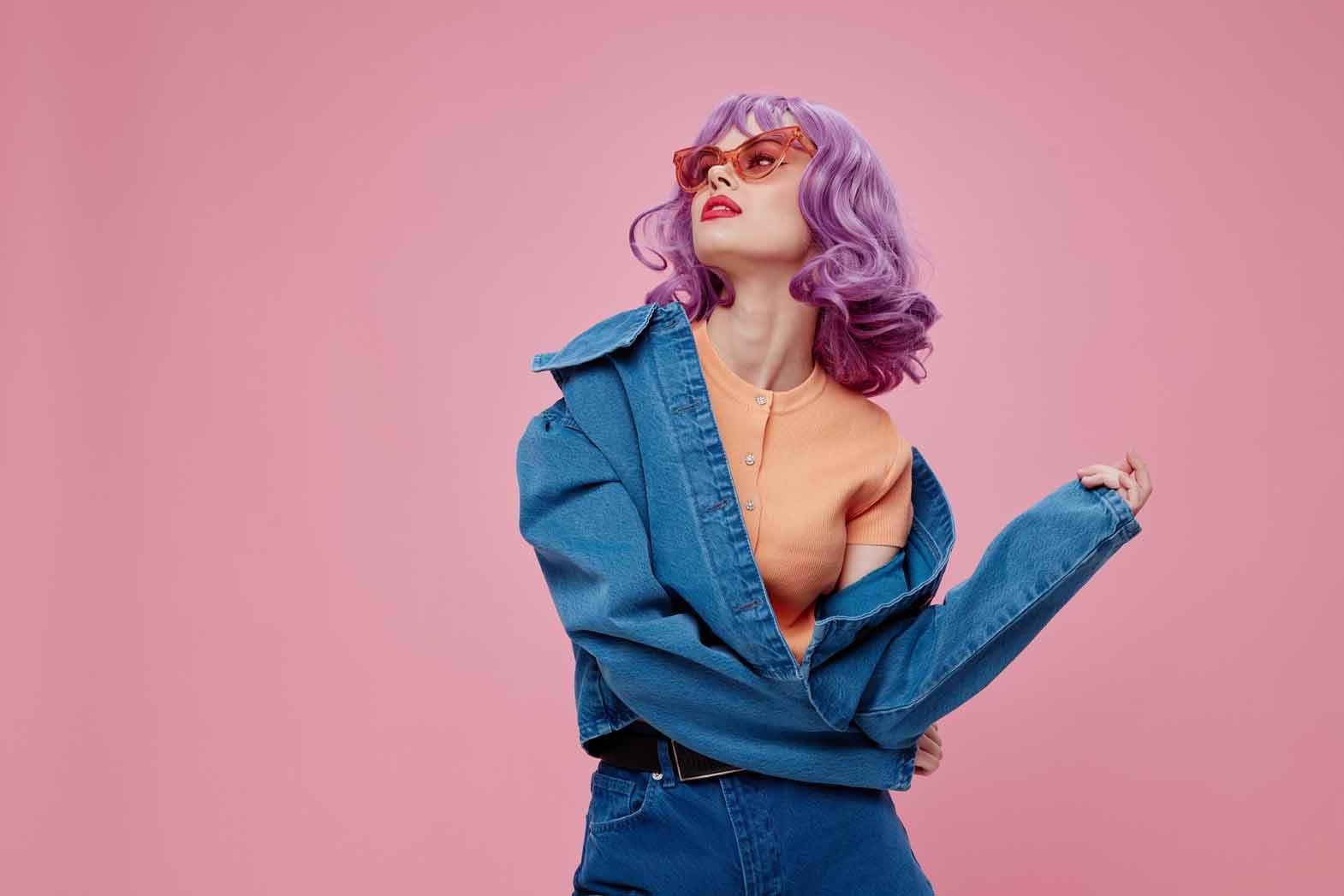"Fashions change like leaves on the bough, some of which go and others come," said Dante in the Divine Comedy. The four fashion capitals of the world, namely New York, Paris, London, and Milan, rule the ramp and have a huge influence in setting the upcoming trends. Fashion weeks, celebrities, and fashion designers introduce new trends and set the style for different seasons. Magazines, blogs, and tabloids endorse these latest trends to the masses and retailers.
So how does one decide what will be the next 'it' thing in fashion and what is 'hot' and what is 'not'? And who and how does one come to the conclusion that if 'it' is going to be the most fashionable thing? The answer lies in fashion forecasting. Fashion forecasting, as defined by Chelsea Roussou in her book "Fashion Forward," "is the practice of predicting upcoming trends based on past and present style-related information, the interpretation and the motivation behind the trend, and an explanation of why the prediction is about to occur." The ideal forecasting procedure undertakes both scientific skills and creative concepts.
The whimsical consumer preferences and ever-differing buying habits make trend forecasting a must for fashion designers and apparel retailers. Studying buying patterns and popular trends helps the retailers deliver the right product at the right time, the right place, the right quantity, the right price to the right consumer. Sound research, updated information, and sensitivity to ever-changing desires are necessary for fashion forecasting.
- Trend forecasters take the following things into consideration:
- Avail knowledge of historical and contemporary fashion and ideas for the future.
- Study closely the social and cultural changes in society.
- Observing movements and direction of changes.
- Analyzing past data and consumer sales.
However, besides fashion forecasters, fashion design students, manufacturers, apparel merchandisers, designers, product developers, retail executives, fashion magazine editors, researchers, and consultants also work towards forecasting the nouveau and upcoming trends. Fashion forecasters foresee not just the outfit but also the color, theme, kind of fabric, and the look and feel of the trend.
When it comes to creating a buzz about the latest trends, trendsetters play a significant role to make it popular. Celebrities, artists, stylish designers, socialites, and other public figures make statements with the hippest in fashion and set the trend.
Fashion thrives everywhere, and which is exactly why forecasters keep their eyes open and observe what people are wearing. The society is generally besotted by celebrities and forecasters monitor activities of such iconic individuals, who impact fashion and trends majorly. Fashion shows, fabric fairs, red carpet events, and the streets are common places to spot latest trends. Besides these, a visit to textile museums, a downtown club, fashion galas, and textile work by students of institutes also help figuring out a possible future trend. Collaborating with textile researchers and engineers also give forecasters useful perspectives on prospective fabrics.
The fastest and the best way to find anything today is with the help of internet. A peek into social networking sites and fashion blogs gives forecasters a heads up at what is brewing in the fashion scene and the probable forthcoming trends. Interactive platforms like these provide a massive pool of information of what kinds of clothes and looks people are experimenting with.
A survey of retail sites, individually run fashion websites, and magazine sites provides an avenue for fresh ideas, concepts, and insights about certain kinds of fashion. Visiting boutiques in the boulevards of Paris, Milan, New York and London; shopping at emerging couture stores of Mumbai, Dubai, Shanghai, and Moscow; and witnessing the collection of clothes at museums, textile art galleries, and vintage stores help identifying rising trends with a different outlook.
Trend forecasting is generally done for the autumn/winter and spring/summer collections of retailers and designers. Apart from this fashion forecasters also provide views on Long-term forecasting and Short-term forecasting. Short term forecasting is done for two years in advance of the trend and long term is done five to ten years in advance.
Short term forecasting focuses on developing color stories, themes, deciding the silhouettes, and the kind of fabric. It includes details and specific designing features. Short term forecasting is useful to manufacturers to use current information for developing new products. Long term forecasting emphasizes more on the mood or the cultural shift of an era. It does not signify details but marks trends of a historical period. Such information helps retailers and designers position their businesses for long term growth.
The process of forecasting has five major stages:
Research: Carrying out a fishing expedition and investigating from different sources and places, to come up with fresh findings, better ideas, and recognizing potential trends.
Sort: Editing and filtering the collected information is the next step. Determining design and patterns from accumulated data, samples, and images follows further.
Analyzing: Interpreting and scrutinizing the causes, key factors, and possible results of upcoming trends. Considering what, why, and how a certain trend is catching up and how will it manifest.
Predicting: Forecasting possible trends and justifying it with available sources, data, and facts.
Communicating: Delivering the outputs, thoughts, and ideas behind the predictions through illustrations, storyboards, and presentations.
Forecasting fashion and trends today is an organized process and is beyond just intuition and a guessing game. In an industry that is ever evolving, forecasting helps provide a farsighted view and prepares retailers and designers to stock up with trendy clothes for their customers. This has made fashion forecasting carve a niche market and increased its importance in the apparel and retailing industry. Fashion forecasting helps clear the clouds of ever-changing trends and styles and provides a smooth flight of growth to retailers by predicting prospective trends.
References:
1. Fairchildbooks.com
2. Margaritabenitez.com
3. Prezi.com









Comments